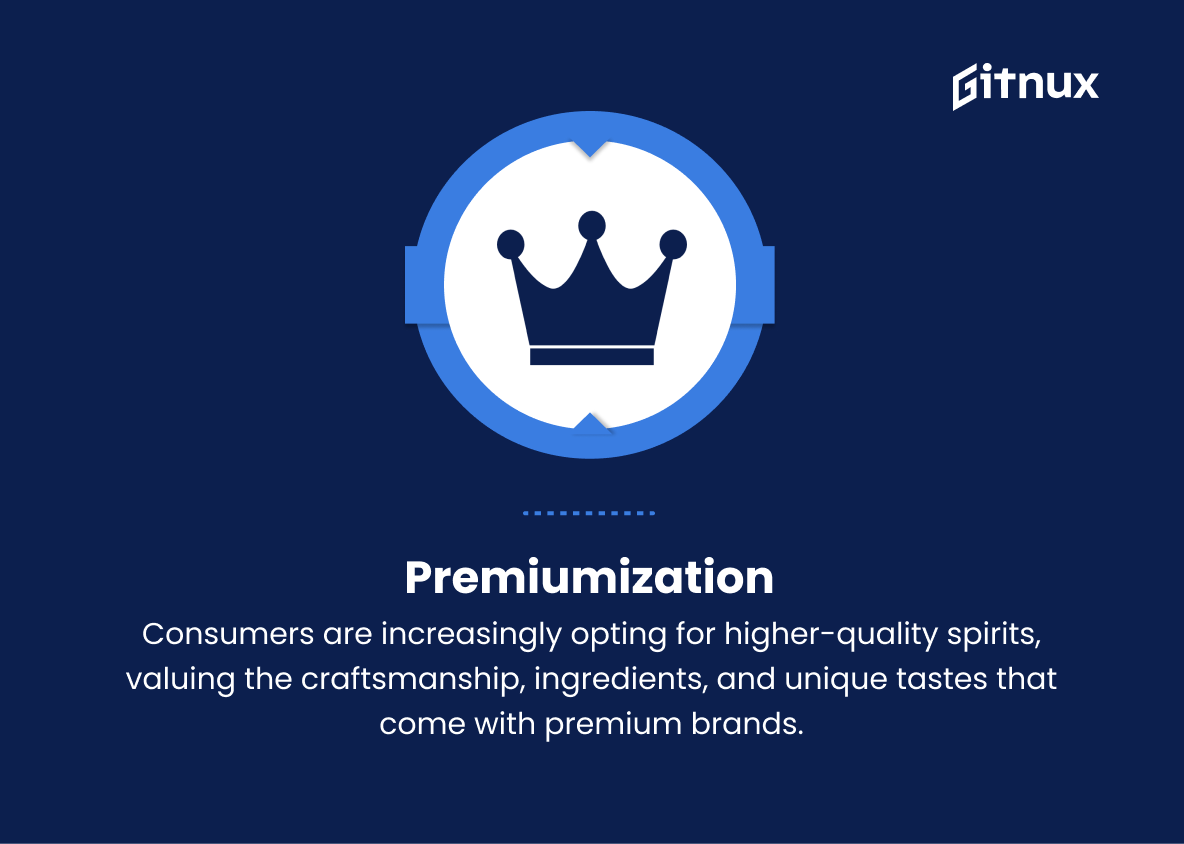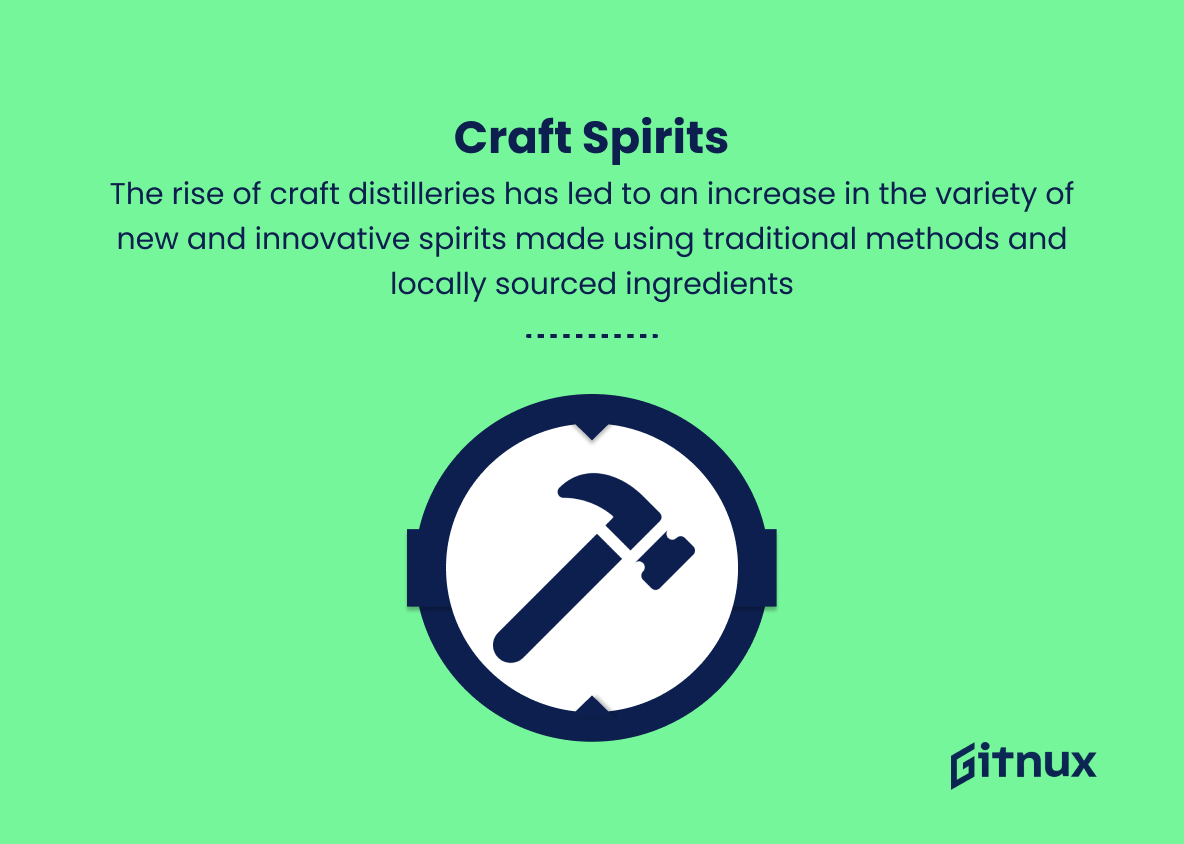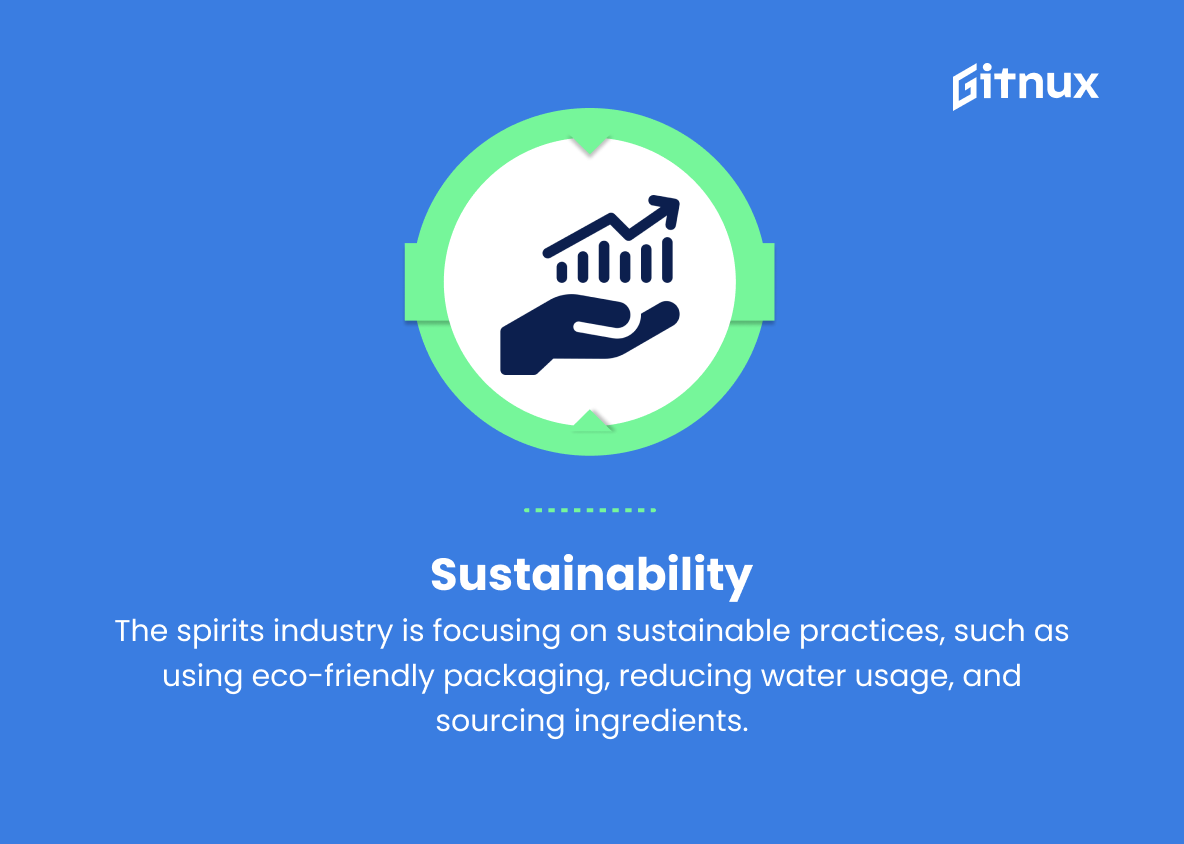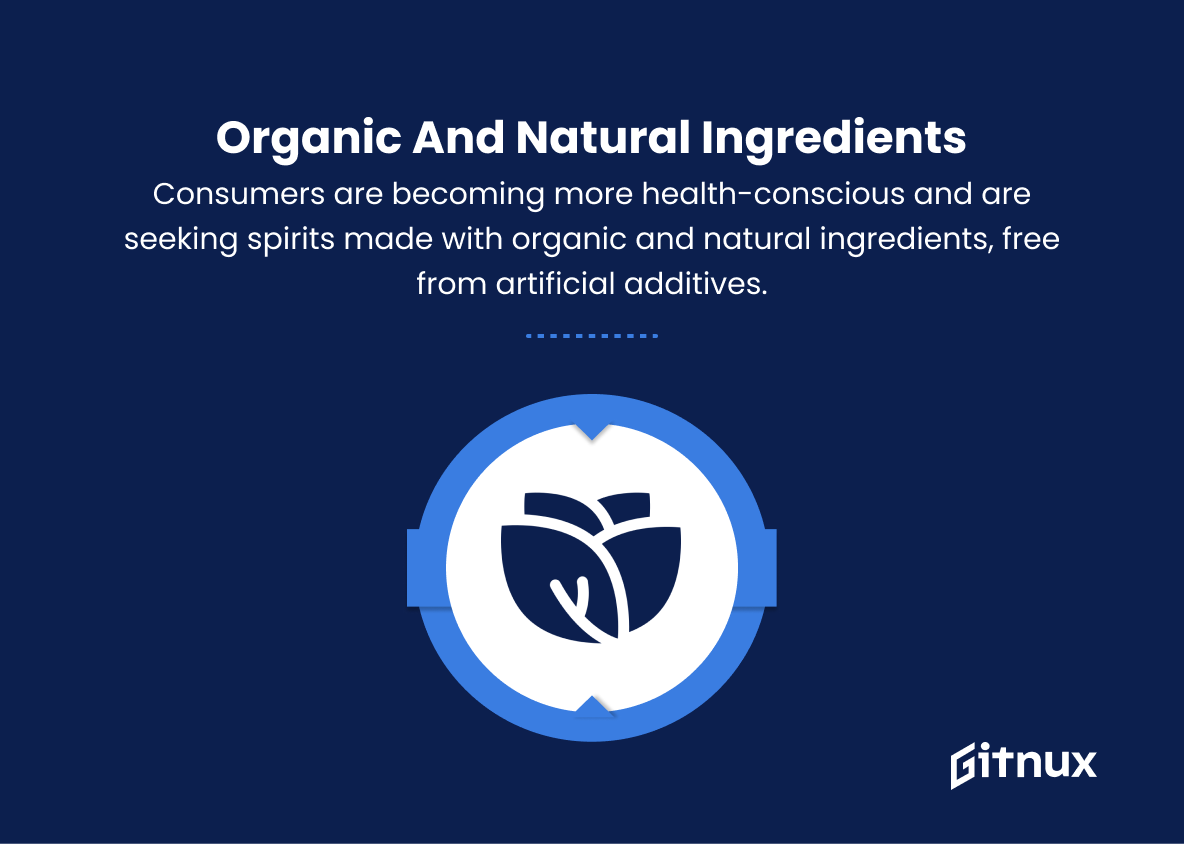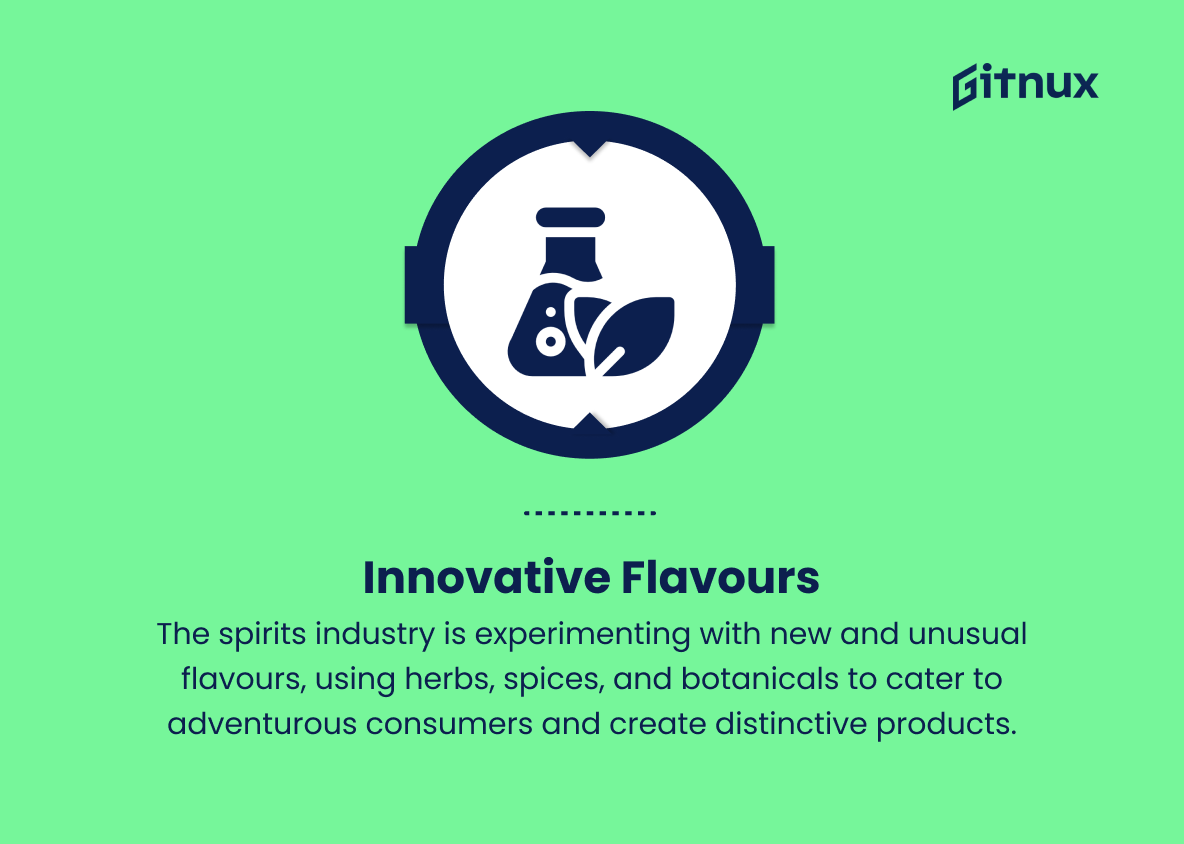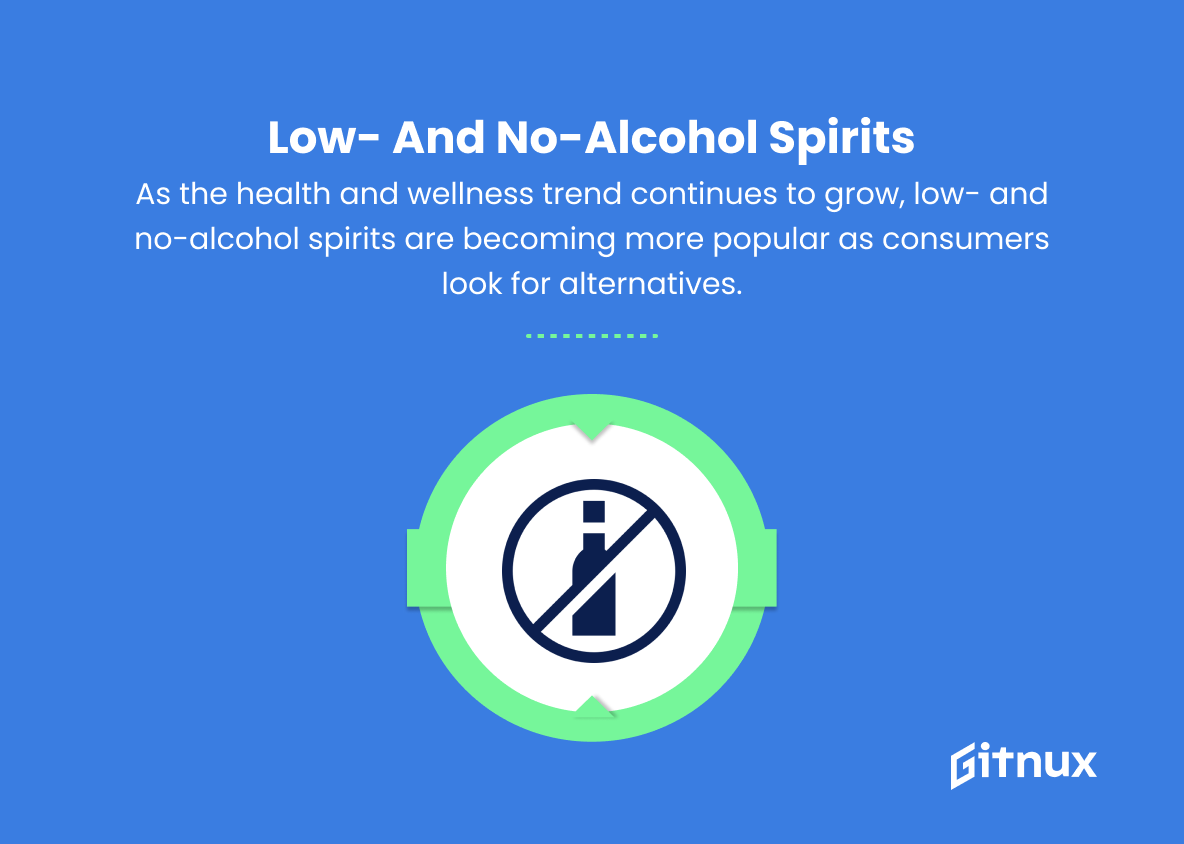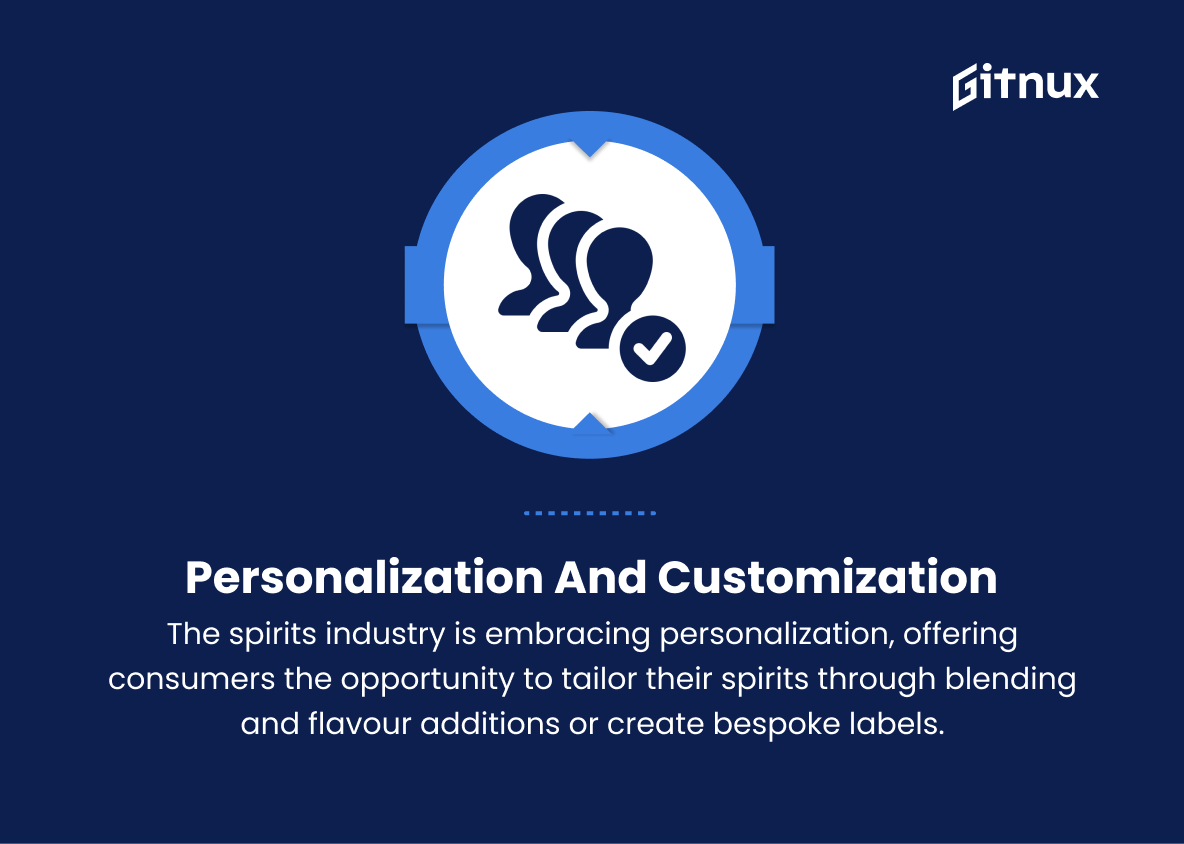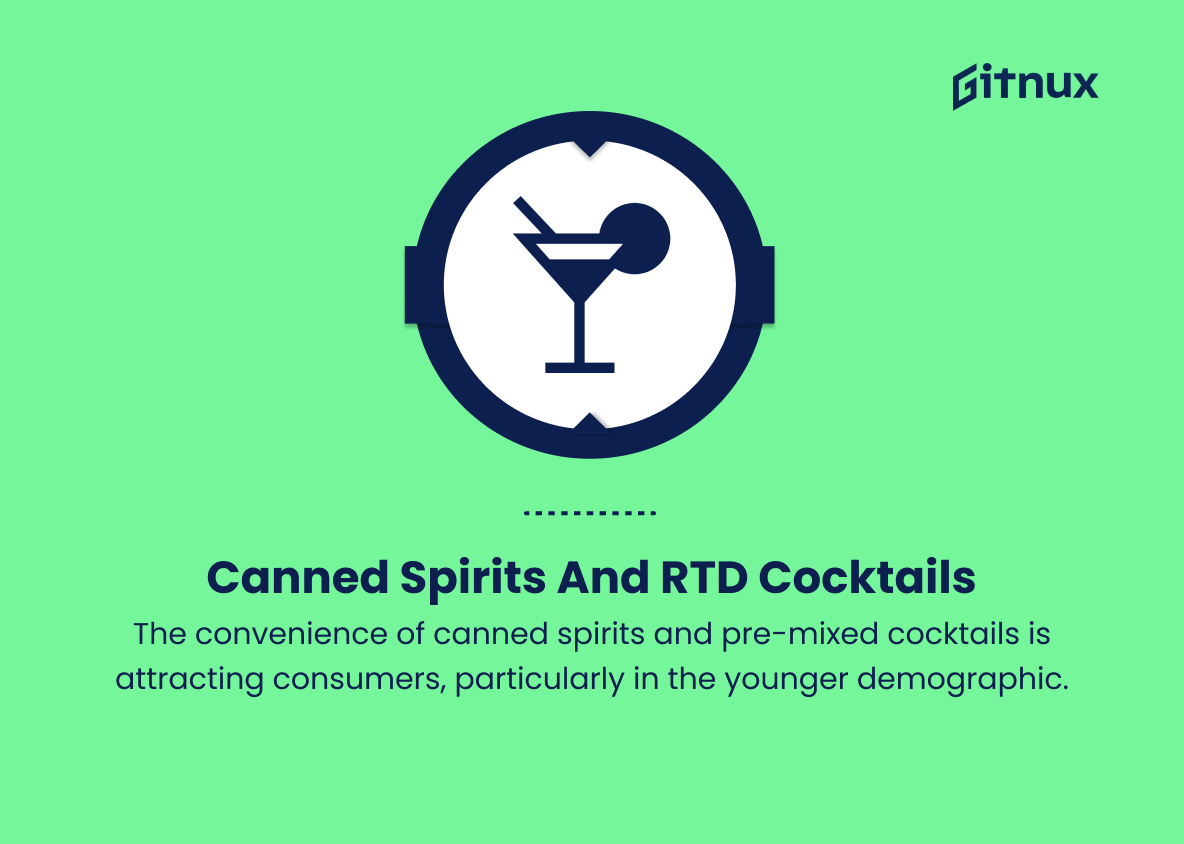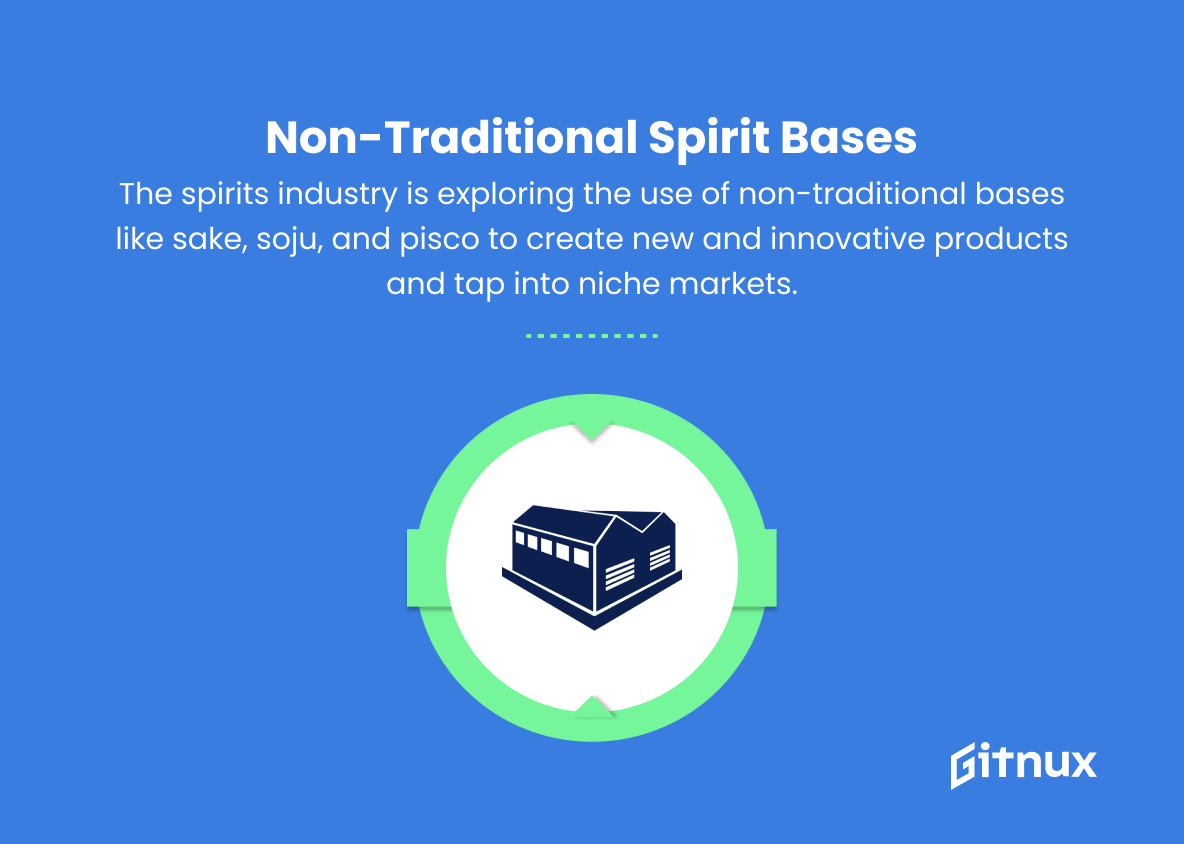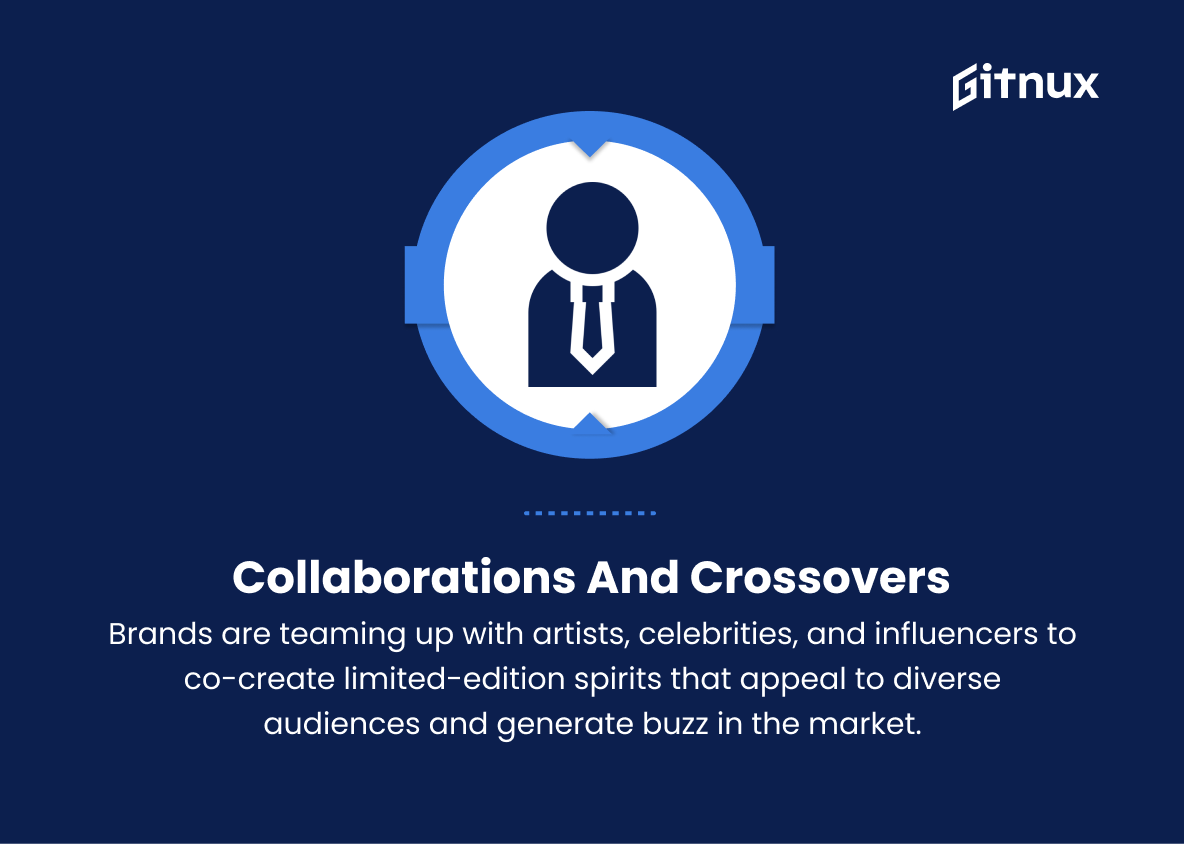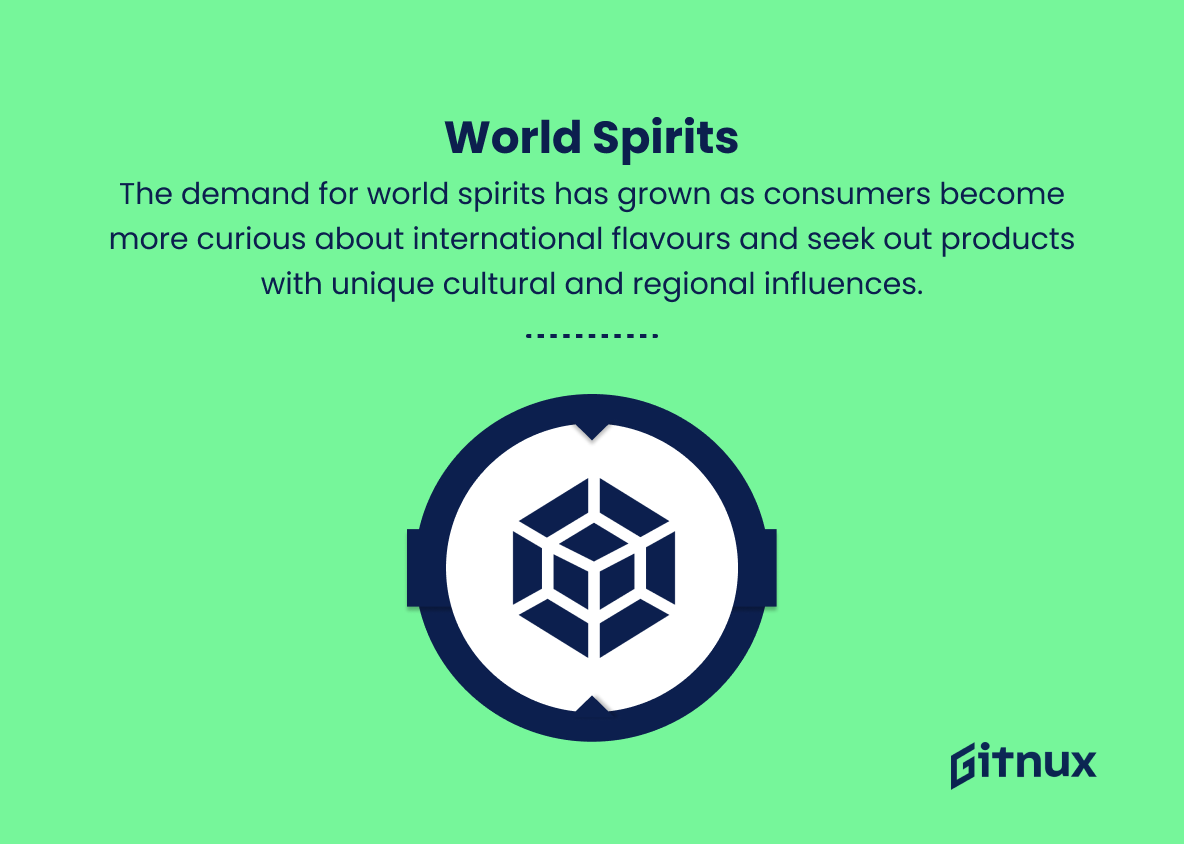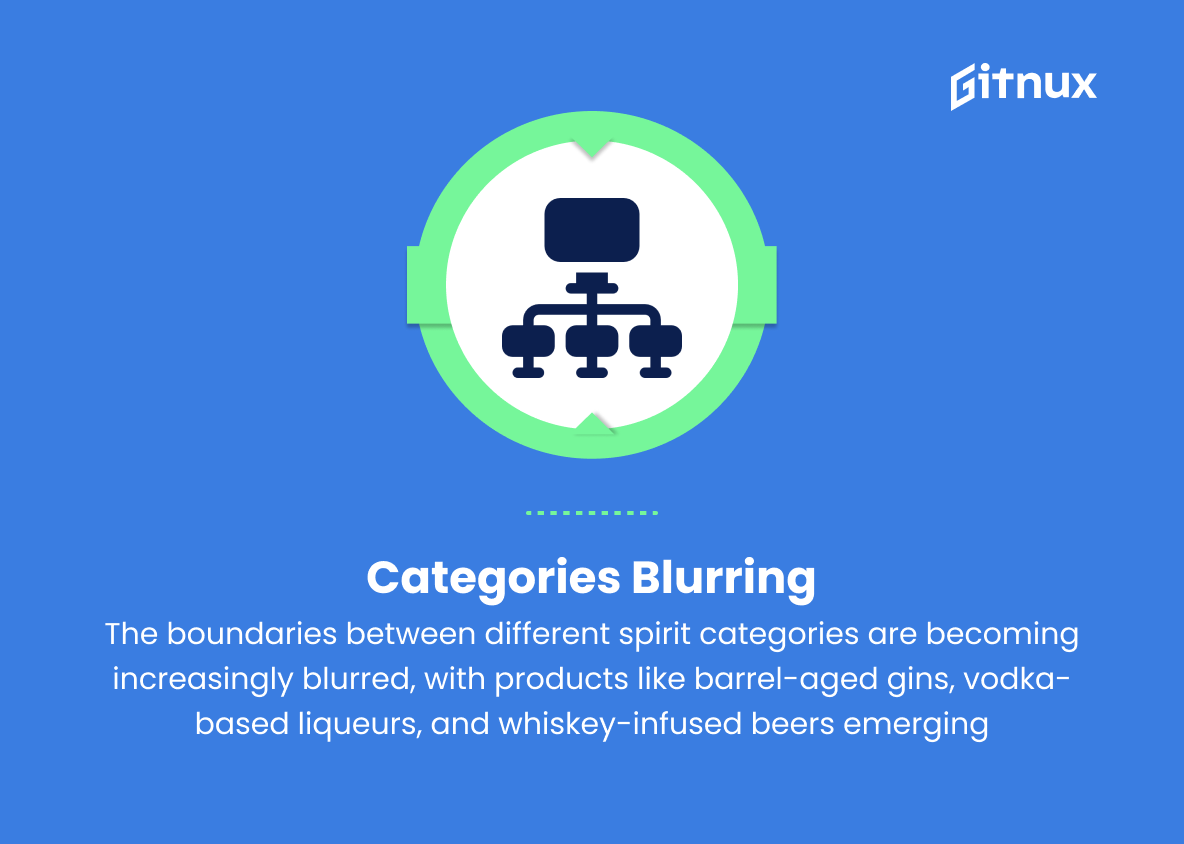In recent years, the spirits industry has undergone a transformative shift, propelled by evolving consumer preferences, innovative production techniques, and the sustained impact of a globalized market. As we venture deeper into this exhilarating landscape, it becomes increasingly essential to stay abreast of the latest trends and developments shaping the world of distilled beverages.
This blog post delves into the current and emerging trends permeating the spirits industry, offering valuable insights for connoisseurs, producers, and market analysts alike. Join us as we raise a glass to discovery, and explore the fascinating dynamics driving this ever-evolving sector.
Top Spirits Industry Trends
1. Premiumization
Consumers are increasingly opting for higher-quality spirits, valuing the craftsmanship, ingredients, and unique tastes that come with premium brands.
2. Craft Spirits
The rise of craft distilleries has led to an increase in the variety of new and innovative spirits made using traditional methods and locally sourced ingredients.
3. Sustainability
The spirits industry is focusing on sustainable practices, such as using eco-friendly packaging, reducing water usage, and sourcing ingredients from ethical and environmentally responsible suppliers.
4. Organic and Natural Ingredients
Consumers are becoming more health-conscious and are seeking spirits made with organic and natural ingredients, free from artificial additives.
5. Innovative Flavours
The spirits industry is experimenting with new and unusual flavours, using herbs, spices, and botanicals to cater to adventurous consumers and create distinctive products.
6. Low- and No-Alcohol Spirits
As the health and wellness trend continues to grow, low- and no-alcohol spirits are becoming more popular as consumers look for alternatives that allow them to enjoy the social aspect of drinking without the negative effects of alcohol.
7. Personalization and Customization
The spirits industry is embracing personalization, offering consumers the opportunity to tailor their spirits through blending and flavour additions or create bespoke labels and bottle designs.
8. Technology and E-Commerce
Technology is playing a significant role in the spirits industry, from using AI in production processes to adopting e-commerce platforms for direct-to-consumer sales.
9. Immersive Experiences
Distilleries and spirit brands are creating immersive experiences such as tours, tastings, and workshops to engage and educate consumers about their products.
10. Ageing Spirits
The trend of ageing spirits in barrels, casks, or other containers to enhance and add complexity to their flavours has grown in popularity, expanding beyond the traditional ageing processes of whiskey and cognac.
11. Canned Spirits and RTD (Ready-To-Drink) Cocktails
The convenience of canned spirits and pre-mixed cocktails is attracting consumers, particularly in the younger demographic, who appreciate the grab-and-go format for outdoor events and parties.
12. Non-Traditional Spirit Bases
The spirits industry is exploring the use of non-traditional bases like sake, soju, and pisco to create new and innovative products and tap into niche markets.
13. Collaborations and Crossovers
Brands are teaming up with artists, celebrities, and influencers to co-create limited-edition spirits that appeal to diverse audiences and generate buzz in the market.
14. World Spirits
The demand for world spirits has grown as consumers become more curious about international flavours and seek out products with unique cultural and regional influences.
15. Categories Blurring
The boundaries between different spirit categories are becoming increasingly blurred, with products like barrel-aged gins, vodka-based liqueurs, and whiskey-infused beers emerging to build bridges between categories and appeal to a wider audience.
Implications
In the ever-evolving Spirits industry, several key trends are shaping the landscape. Premiumization has led consumers to prioritize quality and craftsmanship, driving demand for high-end, luxury brands. Coupled with the rise of craft spirits, the market has seen an increase in both innovation and the variety of offerings, as consumers demand unique and locally sourced ingredients. Simultaneously, there is a growing focus on sustainability, with companies adopting eco-friendly practices and prioritizing organic and natural ingredients in their products to cater to the health-conscious market.
This trend extends to the growing popularity of low- and no-alcohol spirits, as well as an emphasis on personalization and customization, allowing consumers to tailor their experience. Technology and e-commerce have further transformed the Spirits industry, with AI-assisted production models and an increase in direct-to-consumer sales opening new avenues for growth. To better engage and educate consumers, immersive experiences such as distillery tours and tasting workshops have become an integral aspect of brand strategy.
Meanwhile, ageing spirits and the use of non-traditional spirit bases have continued to diversify the marketplace, encouraging experimentation in both techniques and flavours. As categories begin to blur, collaborations and crossovers become more common, enabling brands to partner with artists, celebrities, and influencers to produce limited-edition offerings that appeal to a broad audience. Additionally, the demand for world spirits has risen as consumers develop a taste for international and culturally inspired flavours.
With the convenient and popular rise of canned spirits and ready-to-drink cocktails, the industry is poised to continue evolving and adapting to meet the diverse and ever-changing tastes of global consumers.
Conclusion
As we have examined throughout this blog post, the spirits industry continues to evolve and advance in response to changing consumer preferences, innovative production methods, and socio-economic factors. The growth of craft distilleries, the increasing demand for eco-conscious and sustainable practices, and the emphasis on a personalized experience are all shaping the future of this dynamic market. To stay ahead in this competitive landscape, it’s crucial for stakeholders in the spirits industry to remain informed and adaptable.
Embracing technology, listening to customer feedback, and finding creative ways to make a positive environmental impact will be instrumental in navigating the world of spirits in the years to come. As consumers continue to explore and refine their tastes, industry players must rise to the challenge of satisfying this increasingly discerning and diverse palate, while also ensuring a responsible and sustainable future for the industry as a whole.
